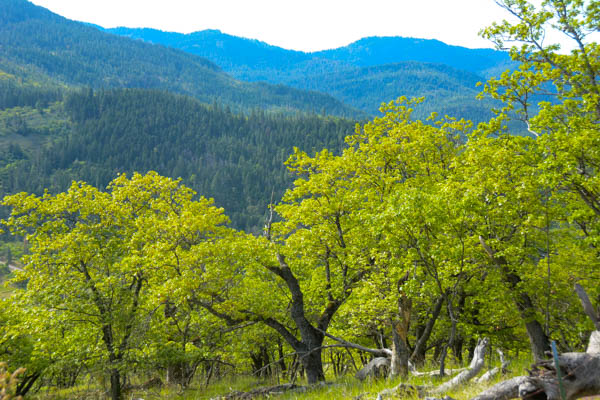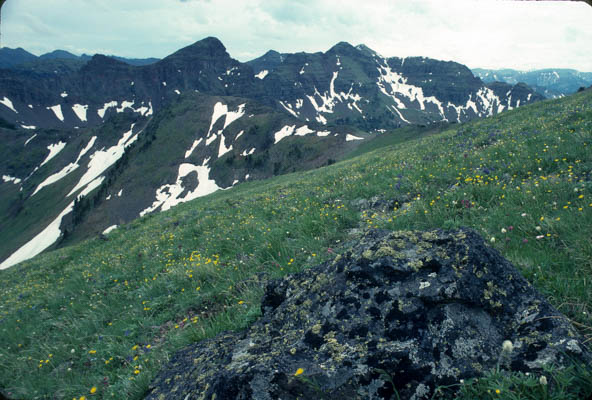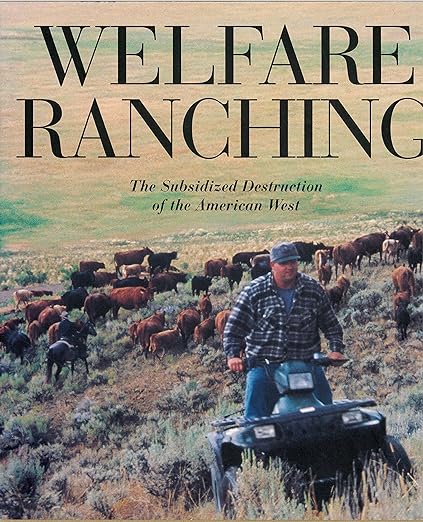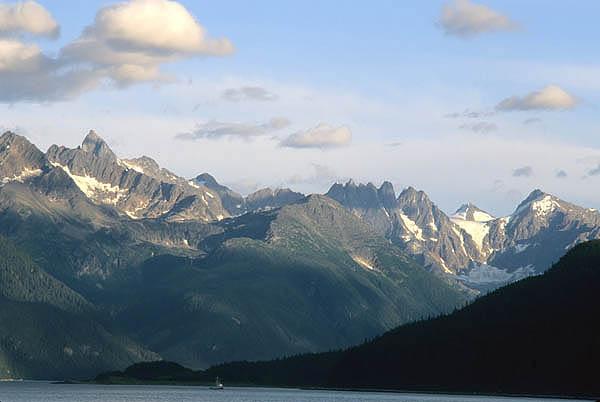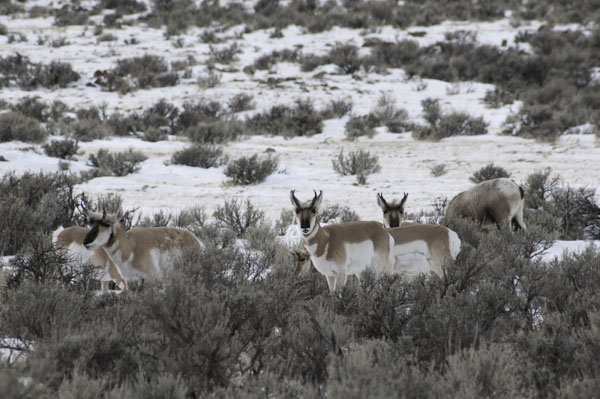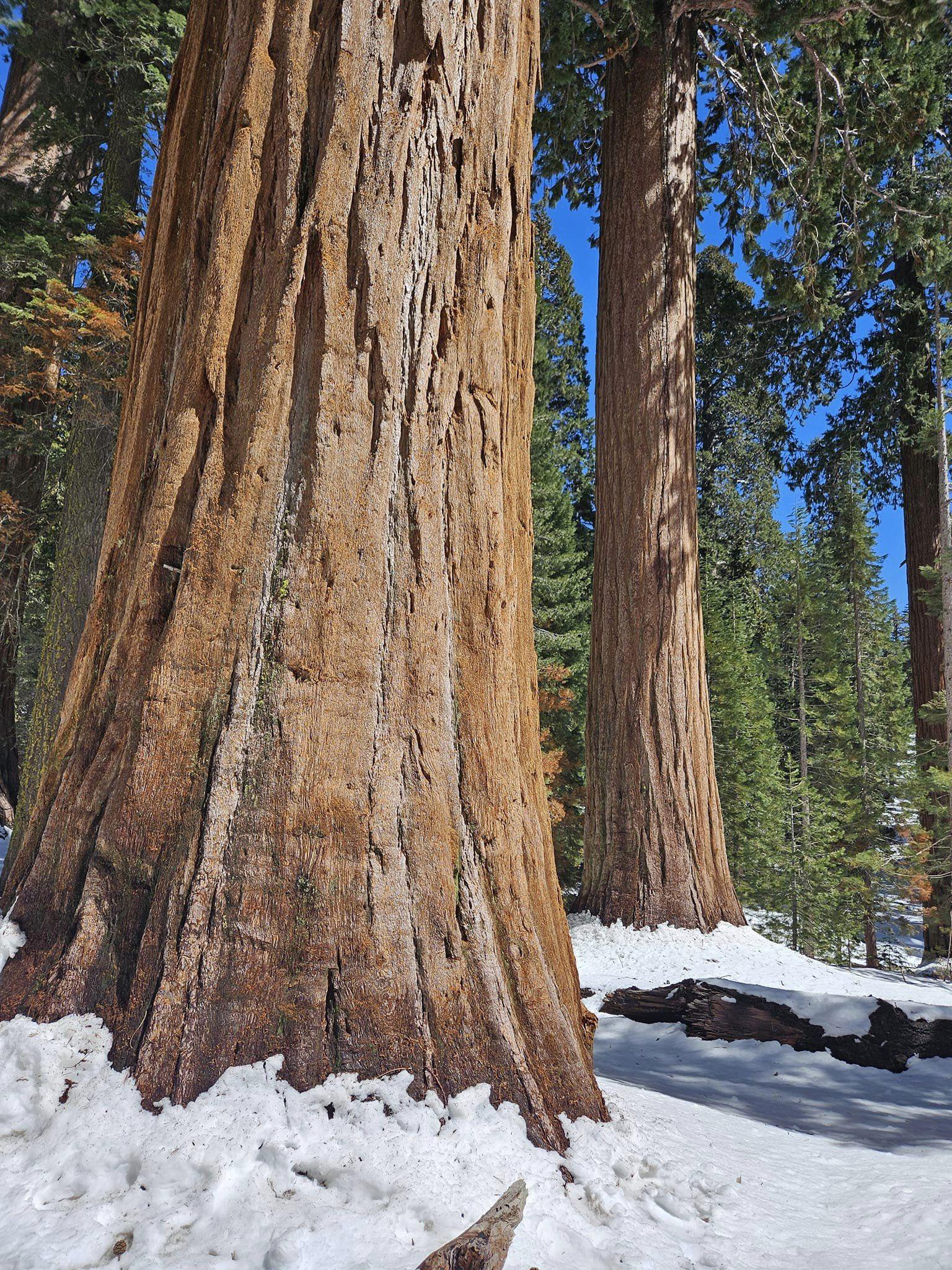Advocacy
-
On April 24th, 2024, the Vermont Law and Graduate School and Wild Horse Fire Brigade sent a letter to the Bureau of Land Management’s (BLM) District office in Medford, Oregon, proposing a collaboration between the Wild Horse (feral) Fire Brigade and the BLM to reduce wildfire threat through feral horse grazing on the Cascade-Siskiyou National…
-
Intended as yet another instrument for attacking anthropocentric ideologies and voracious agricultural/industrial civilizations, the journal Wild Earth was published between 1991–2004. For those of you who remember Wild Earth, it was probably one the most beautiful publications ever produced with a mix of from the scientific to the philosophical and everything in between. For those…
-
The Gallatin Range, which stretches from Bozeman’s backyard south into Yellowstone National Park, is the most significant piece of wildland of the Greater Yellowstone Ecosystem that lacks permanent protection. Protecting this area as wilderness has been an ongoing battle since 1910, when Gifford Pinchot, the first Chief of the Forest Service, recommended special protection due to its…
-
The seminal work on public lands livestock grazing and its web of impacts, Welfare Ranching – The Subsidized Destruction of the American West is now available for download.
-
Episode 123: Who Pays for Conservation, Being the Lorax, and Introducing A New Voice For Western Lands Conservation Join George Wuerthner and Jonathan Ratner in conversation with Jack Humphrey of The Rewilding Institute for a discussion about the direction of conservation in the United States, the shift of American conservation from its roots in biocentrism…
-
Dear Subscribers, Recently, Ralph Maughan, the founder of The Wildlife News, has turned over operations to myself and The Wildlife News will be supported and managed as a project of Sage Steppe Wild. As you may have noticed, the site is undergoing renovations and is now accessible on mobile devices. The Wildlife News will continue…
-
An important question regarding sagebrush ecosystems, and species that rely upon them like sage grouse has to do with exactly what constitutes the fire rotation in sagebrush habitat? And a corrolary question is do current fire management policies emulate these historical conditions? William Baker’s paper, Scaling Landscape Fire History: Wildfires Not Historically Frequent in the…
-
Giant Sequoia May Require High-severity Blazes for their surival. Photo George Wuerthner During the summer of 2020 and 2021, with one of the most severe droughts in California’s recent history, wildfires charred thousands of acres in the Sierra Nevada. Some of the mountain range’s magnificent sequoia groves were among the areas burned. I recently visited…
